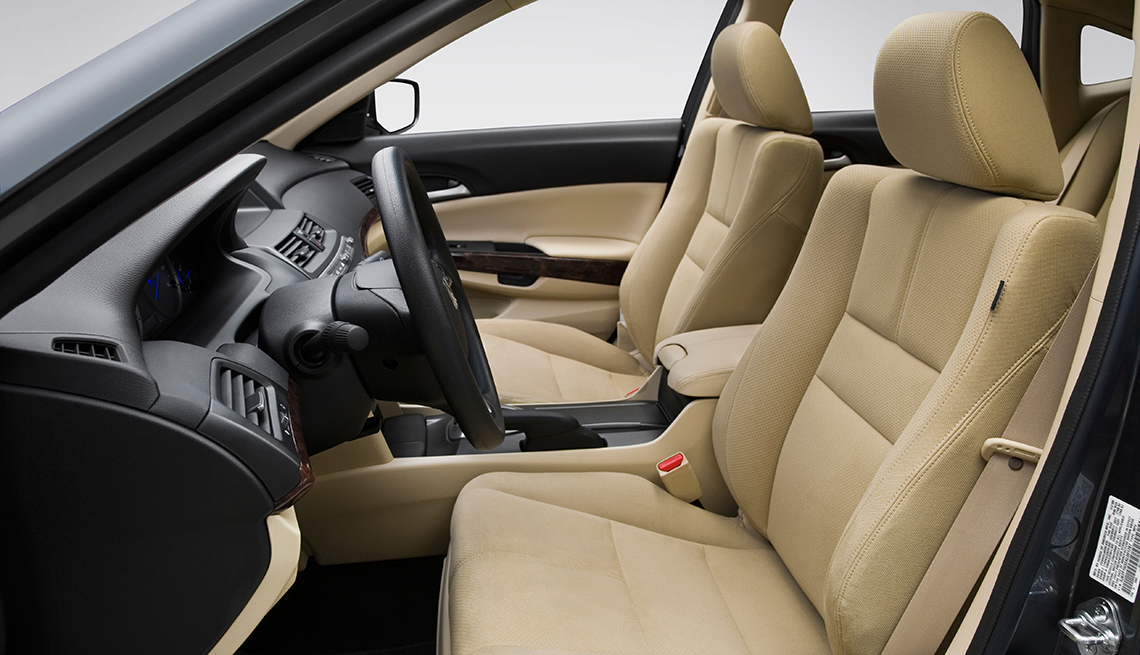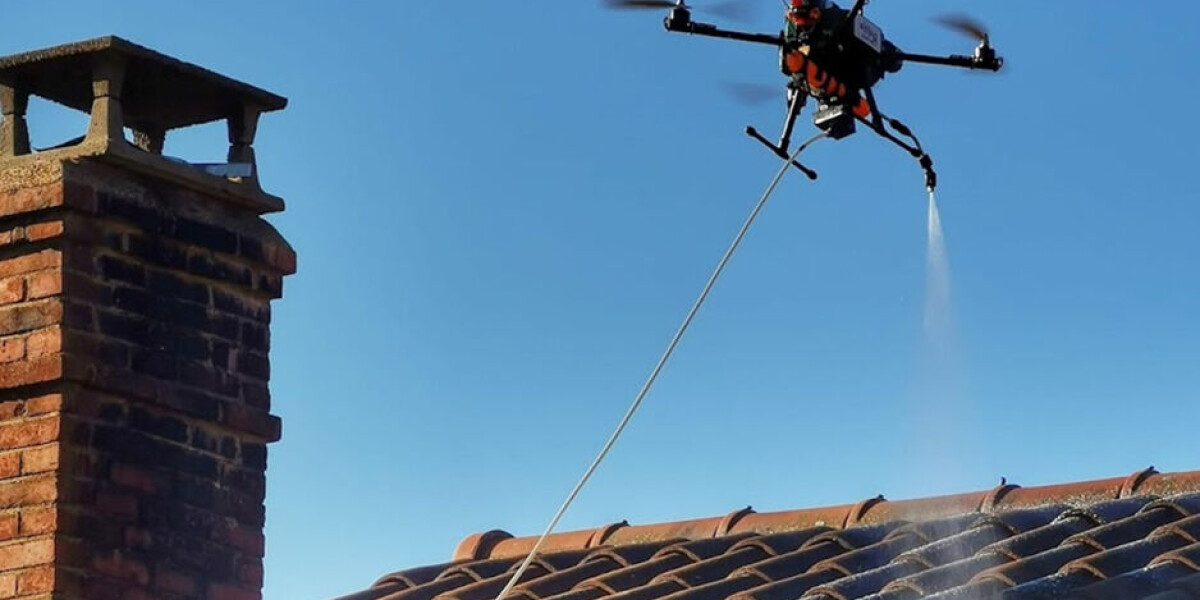
- Select a language for the TTS:
- UK English Female
- UK English Male
- US English Female
- US English Male
- Australian Female
- Australian Male
- Language selected: (auto detect) - EN
Play all audios:
“We’ve got an arms race going on with seat technology,” says Dan Edmunds, director of vehicle testing at auto research and information site Edmunds.com. (He’s not related.) Audi offers
heated and cooled seats with five massage modes. Cadillac, Jaguar, BMW, Bentley, — the whole rogue’s gallery of upscale machines — offer heating, cooling and massage (sometimes in back, too,
for the benefit of those who have chauffeurs while the owner rides in back). Some brands are beginning to heat other surfaces — armrests, console lids and the like. And development is
zipping along on seat controls tied to your smartphone. Wave the phone to have the system measure your size and arm reach, key in some other preferences, and, voilà, you’ve adjusted your
car’s seat with your phone. The reason for options that once would have seemed absurd is to encourage shoppers to choose one brand over another, of course, and to pay more for those
oh-so-marvelous seats. The result is better "showroom appeal,” Edmunds says. But, he cautions, “Lots of adjustments don’t guarantee comfort.” Nor do "massaging" seats provide
a massage in the traditional sense. They can, however, alleviate pain caused by prolonged sitting. Ford, which kicked off this competition with those 2015 F-150 pickups, certainly sees it
that way. “Truck customers spend a disproportionate amount of time in their vehicles. The massaging seat features keep drivers and passengers both alert and comfortable on a long drive, by
reducing muscle fatigue and promoting blood flow,” explains Ford truck spokeswoman Samantha VanHoef. But be careful what you call them. In the F-150 and, newly, in some Super Duty models,
Ford calls them “active motion” seats.







